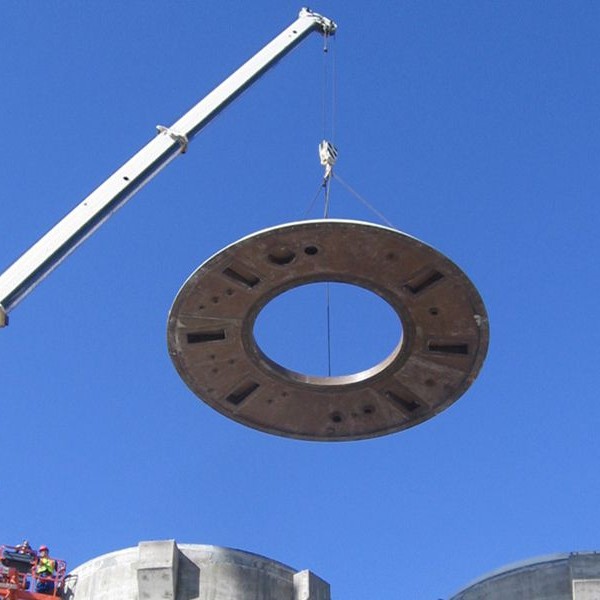
-
 Afrikaans
Afrikaans -
 Albanian
Albanian -
 Amharic
Amharic -
 Arabic
Arabic -
 Armenian
Armenian -
 Azerbaijani
Azerbaijani -
 Basque
Basque -
 Belarusian
Belarusian -
 Bengali
Bengali -
 Bosnian
Bosnian -
 Bulgarian
Bulgarian -
 Catalan
Catalan -
 Cebuano
Cebuano -
 China
China -
 China (Taiwan)
China (Taiwan) -
 Corsican
Corsican -
 Croatian
Croatian -
 Czech
Czech -
 Danish
Danish -
 Dutch
Dutch -
 English
English -
 Esperanto
Esperanto -
 Estonian
Estonian -
 Finnish
Finnish -
 French
French -
 Frisian
Frisian -
 Galician
Galician -
 Georgian
Georgian -
 German
German -
 Greek
Greek -
 Gujarati
Gujarati -
 Haitian Creole
Haitian Creole -
 hausa
hausa -
 hawaiian
hawaiian -
 Hebrew
Hebrew -
 Hindi
Hindi -
 Miao
Miao -
 Hungarian
Hungarian -
 Icelandic
Icelandic -
 igbo
igbo -
 Indonesian
Indonesian -
 irish
irish -
 Italian
Italian -
 Japanese
Japanese -
 Javanese
Javanese -
 Kannada
Kannada -
 kazakh
kazakh -
 Khmer
Khmer -
 Rwandese
Rwandese -
 Korean
Korean -
 Kurdish
Kurdish -
 Kyrgyz
Kyrgyz -
 Lao
Lao -
 Latin
Latin -
 Latvian
Latvian -
 Lithuanian
Lithuanian -
 Luxembourgish
Luxembourgish -
 Macedonian
Macedonian -
 Malgashi
Malgashi -
 Malay
Malay -
 Malayalam
Malayalam -
 Maltese
Maltese -
 Maori
Maori -
 Marathi
Marathi -
 Mongolian
Mongolian -
 Myanmar
Myanmar -
 Nepali
Nepali -
 Norwegian
Norwegian -
 Norwegian
Norwegian -
 Occitan
Occitan -
 Pashto
Pashto -
 Persian
Persian -
 Polish
Polish -
 Portuguese
Portuguese -
 Punjabi
Punjabi -
 Romanian
Romanian -
 Russian
Russian -
 Samoan
Samoan -
 Scottish Gaelic
Scottish Gaelic -
 Serbian
Serbian -
 Sesotho
Sesotho -
 Shona
Shona -
 Sindhi
Sindhi -
 Sinhala
Sinhala -
 Slovak
Slovak -
 Slovenian
Slovenian -
 Somali
Somali -
 Spanish
Spanish -
 Sundanese
Sundanese -
 Swahili
Swahili -
 Swedish
Swedish -
 Tagalog
Tagalog -
 Tajik
Tajik -
 Tamil
Tamil -
 Tatar
Tatar -
 Telugu
Telugu -
 Thai
Thai -
 Turkish
Turkish -
 Turkmen
Turkmen -
 Ukrainian
Ukrainian -
 Urdu
Urdu -
 Uighur
Uighur -
 Uzbek
Uzbek -
 Vietnamese
Vietnamese -
 Welsh
Welsh -
 Bantu
Bantu -
 Yiddish
Yiddish -
 Yoruba
Yoruba -
 Zulu
Zulu
grp pipe
Understanding GRP Pipes Advantages, Applications, and Future Trends
Glass Reinforced Plastic (GRP) pipes, also known as Glass Fiber Reinforced Polymer pipes, are increasingly being recognized for their exceptional performance in various applications. These pipes are made by combining glass fibers with a polymer matrix, resulting in a lightweight, strong, and corrosion-resistant material. This article delves into the advantages of GRP pipes, their applications, and the future trends in this innovative field.
Advantages of GRP Pipes
One of the most notable advantages of GRP pipes is their remarkable strength-to-weight ratio. Weighing significantly less than traditional materials like steel or concrete, GRP pipes are easier to transport and install, reducing labor costs and installation time. They are also capable of withstanding high pressures and resist impact, making them suitable for demanding environments.
Another significant benefit is their resistance to corrosion. Unlike metal pipes that are prone to rust and chemical damage, GRP pipes excel in harsh environmental conditions, including exposure to chemicals, salty water, and extreme temperatures. This property extends their lifespan, reducing maintenance costs and ensuring reliable performance over time.
In addition to their structural benefits, GRP pipes are also environmentally friendly. The production process requires less energy compared to that of metal pipes, and the materials can be recycled at the end of their lifecycle. This aligns with growing global sustainability trends, making GRP an attractive option for eco-conscious projects.
grp pipe

Applications of GRP Pipes
GRP pipes are utilized in a diverse array of industries. One of the most prominent uses is in water supply and wastewater management systems, where their corrosion resistance and durability make them ideal for transporting drinking water, stormwater, and wastewater. They are also extensively used in the oil and gas sector for transferring corrosive fluids and gases.
In addition to these conventional applications, GRP pipes are becoming increasingly popular in the construction sector. They are utilized for drainage systems, irrigation purposes, and even in structural applications such as bridge supports, where their lightweight nature allows for innovative designs.
Future Trends
The future of GRP pipes looks promising as advancements in technology continue to enhance their properties. Research is ongoing to develop new composite materials that may improve their strength, reduce production costs, and introduce additional functionalities, such as self-healing capabilities. Moreover, the push for sustainable infrastructure is likely to drive further adoption of GRP pipes, as more industries seek alternatives to traditional materials that have higher environmental impacts.
In conclusion, GRP pipes represent a significant advancement in piping technology, offering numerous benefits that make them increasingly attractive for a wide range of applications. As industries strive for efficiency and sustainability, the demand for GRP pipes is expected to grow, paving the way for innovative solutions in infrastructure development. The combination of lightweight strength, corrosion resistance, and environmental friendliness positions GRP pipes as a key player in the future of material engineering.
Latest news
-
Exploring the Benefits of Top Hammer Drifter Rods for Enhanced Drilling PerformanceNewsJun.10,2025
-
High-Precision Fiberglass Winding Machine for GRP/FRP Pipe Production – Reliable & Efficient SolutionsNewsJun.10,2025
-
FRP Pipes & Fittings for Shipbuilding - Corrosion-Resistant & LightweightNewsJun.09,2025
-
Premium FRP Flooring Solutions Durable & Slip-ResistantNewsJun.09,2025
-
Premium Fiberglass Rectangular Tanks Durable & Lightweight SolutionNewsJun.09,2025
-
Tapered Drill String Design Guide Durable Performance & UsesNewsJun.09,2025









